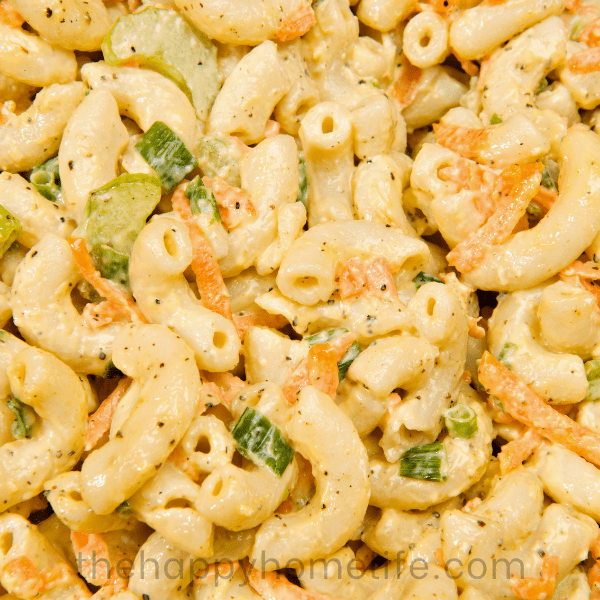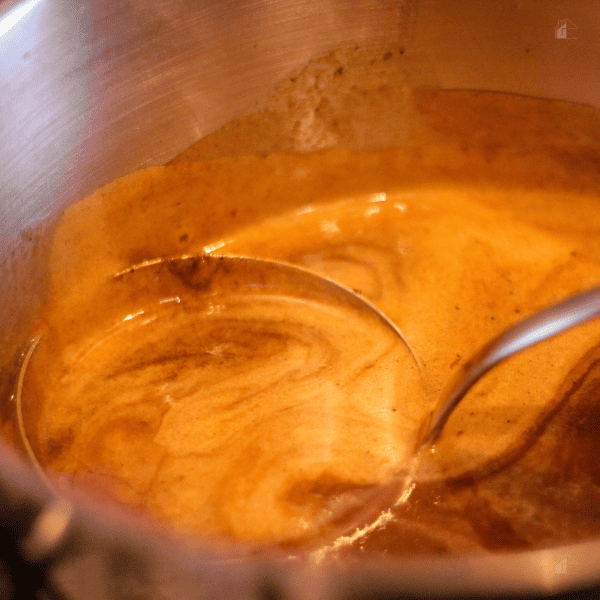Have you ever opened a jar of mayonnaise only to find that it smells bad or looks discolored? Don’t worry, you’re not alone!
Knowing how to tell if mayo is bad and how long does mayo last can be tricky, but there are a few simple tricks that you can use to help you determine if your mayo has gone bad.
In this blog post, we’ll discuss some of these simple tricks and offer advice on how to keep your mayo fresh for longer. So if you want to be sure you’re serving up safe, delicious mayo every time, read on and learn how to trust your nose!
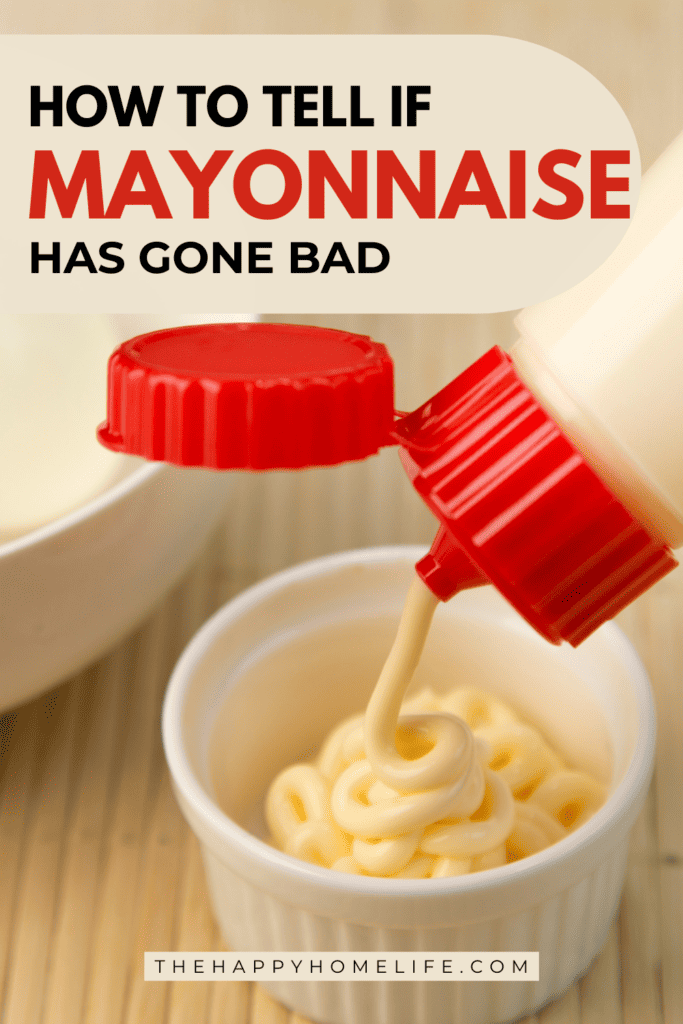
Why Knowing When Your Mayo Is Bad Matters
Knowing when your mayo is bad is crucial for a couple of reasons. First and foremost, consuming expired or spoiled mayo can lead to foodborne illnesses and can make you seriously ill. So it’s essential to know how to tell if mayo is bad and avoid any potential health risks.
Secondly, being able to determine if your mayo has gone bad helps you avoid wasting food. No one wants to unknowingly use expired mayo in their recipes, only to have to throw everything away once they realize it’s gone bad.
By knowing the signs of spoiled mayo, you can confidently use fresh, safe mayo in your dishes and avoid any unnecessary food waste.
So, if you’ve ever wondered, “does mayo go bad?” or “does mayonnaise expire?” then keep reading to learn the answers and ensure you’re using mayo that is safe and delicious.
How Long Does Mayo Last? Expiration Dates Can Be Misleading
Expiration dates on food products can be a helpful guide, but when it comes to mayo, they can often be misleading.
While mayo does have a shelf life, it’s important to note that it can still be safe to consume after the date has passed, as long as it has been stored properly. Mayo typically has a long shelf life when unopened, but once it’s been opened, the clock starts ticking, and it runs out at about 2 months, per the USDA.
The key to determining whether your mayo has gone bad is to use your senses. While the expiration date is a good starting point, it’s not always the final word. Visually inspect your mayo for any signs of mold or discoloration, and give it a sniff test to check for any off smells.
If your mayo looks or smells off, it’s best to err on the side of caution and discard it. Remember, when in doubt, throw it out!
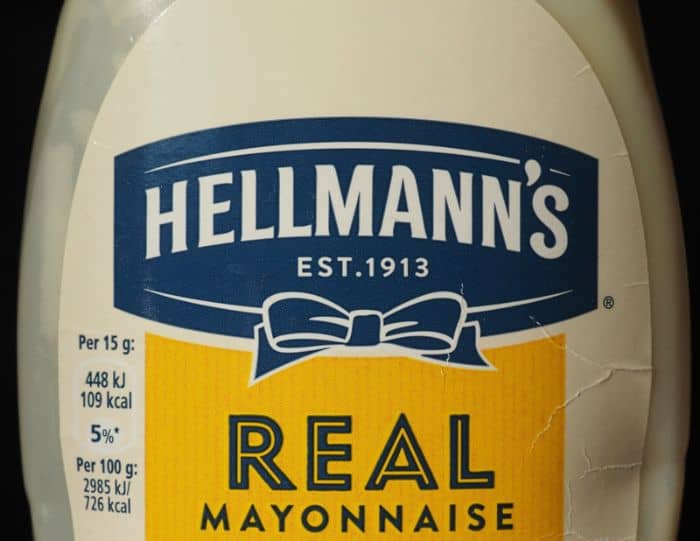
The Nose Knows: Sniff Test for Spoiled Mayo
When it comes to determining whether your mayo has gone bad, your nose can be your best ally. Trusting your sense of smell is a simple yet effective way to determine if your mayo is still good to use.
Start by opening the jar and taking a whiff. If you detect any off or rancid smells, it’s a clear sign that your mayo has gone bad and should be discarded.
The nose knows when it comes to spoiled mayo because mayonnaise that has gone bad will have a distinct, unpleasant odor. Trust your sense of smell and don’t hesitate to toss out any mayo that smells off.
Remember, consuming expired mayo can put your health at risk, so it’s always better to be safe than sorry. Trust your nose, and you’ll be on your way to serving up safe and delicious mayo every time.
Mold and Discoloration: Signs of Spoiled Mayo
Mold and discoloration are two surefire signs that your mayo has gone bad and should be discarded. If you notice any green, black, or pink spots or patches on the surface of your mayo, it’s a clear indication that mold has started to grow.
Mold is a type of fungus that can cause food poisoning and other health problems if consumed. So, it’s important not to take any chances and throw out any mayo that shows signs of mold.
Discoloration is another indicator that your mayo has gone bad. If your mayo has turned yellow, brown, or has an off-white or grayish hue, it’s a sign that it has oxidized and is no longer safe to eat.
Oxidation can occur when mayo is exposed to air or light for extended periods. In some cases, the discoloration may be accompanied by a sour or foul odor, further confirming that the mayo is spoiled.
Remember, even if there is just a small spot of mold or slight discoloration, it’s best to discard the entire jar of mayo to prevent any risk of foodborne illness.
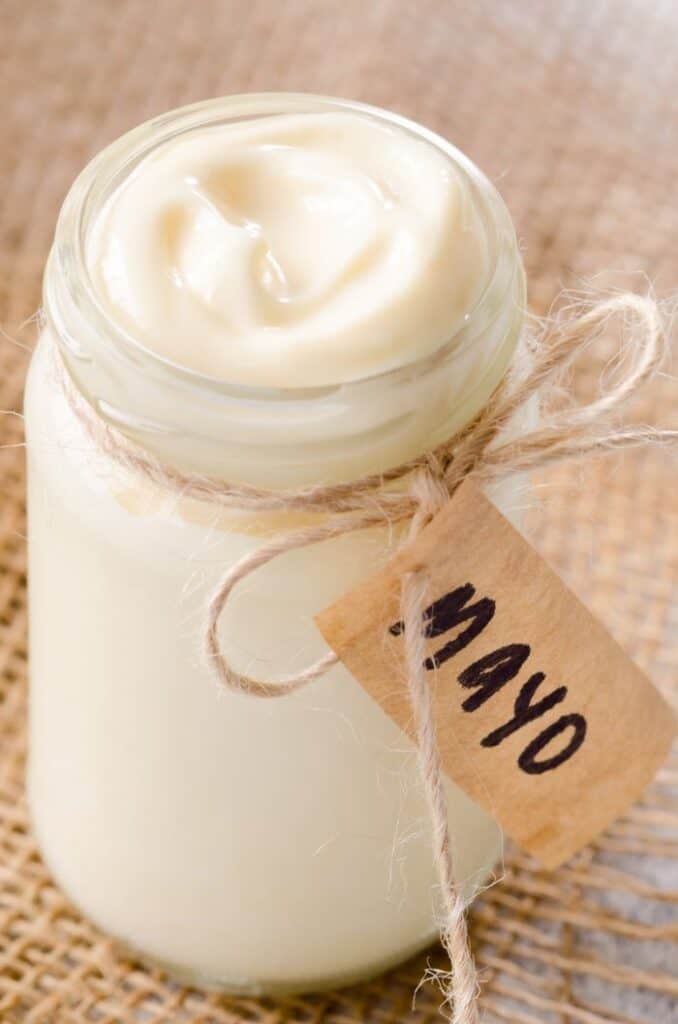
Taste Test: Final Verification Before Discarding Mayo
As much as we rely on our senses to determine if mayo has gone bad, there’s one final step to take before discarding it if you’re unsure based on other factors — the taste test. While the smell and appearance can provide strong indicators of spoilage, the taste test is the ultimate confirmation.
First, if your may had a foul odor or showed signs of mold or discoloration, avoid the taste test altogether. But if it didn’t exhibit any of those signs, you can taste a little to test it.
Before taking a small spoonful, ensure you’re not consuming a large quantity in case it is indeed spoiled. If your mayo tastes off, sour, or has a strange texture, it’s time to say goodbye. Trust your taste buds to make the final call.
Remember, even if the taste seems okay, if your mayo exhibits any other signs of spoilage, it’s best to discard it. By using all your senses in combination, you can confidently determine whether your mayo is still safe to use or if it’s time to restock.
How to Store Mayo Properly to Avoid Spoilage
To ensure that your mayo stays fresh for as long as possible, proper storage is key. Mayo should always be kept in the refrigerator at a temperature below 40 degrees Fahrenheit. This helps to slow down the growth of bacteria and extends its shelf life.
When storing mayo, make sure the lid is tightly sealed after each use to prevent air from entering and causing oxidation. Oxidation can lead to discoloration and spoilage.
Avoid placing your mayo jar in the door of the refrigerator, as this area is often subjected to temperature fluctuations. Instead, store it on a shelf towards the back of the fridge, where it can maintain a more consistent temperature.
If you purchase a large jar of mayo but know you won’t use it all within the recommended shelf life, consider transferring some of it into a smaller, airtight container to minimize exposure to air. This will help preserve its freshness for longer.
By storing your mayo properly, you can avoid premature spoilage and ensure that it remains safe and delicious for as long as possible.
Recipes for Using Up That Mayo
Looking for ways to use up your mayo before it goes bad? Here are some of our favorites:
- Creamy Red Potato Salad
- Easy Seafood Salad
- Cucumber Tuna Bites
- Keto Chicken and Broccoli
- Mayo Ketchup Sauce
So next time you wonder, “does mayo go bad?” remember these tips and keep your mayo fresh for longer!

